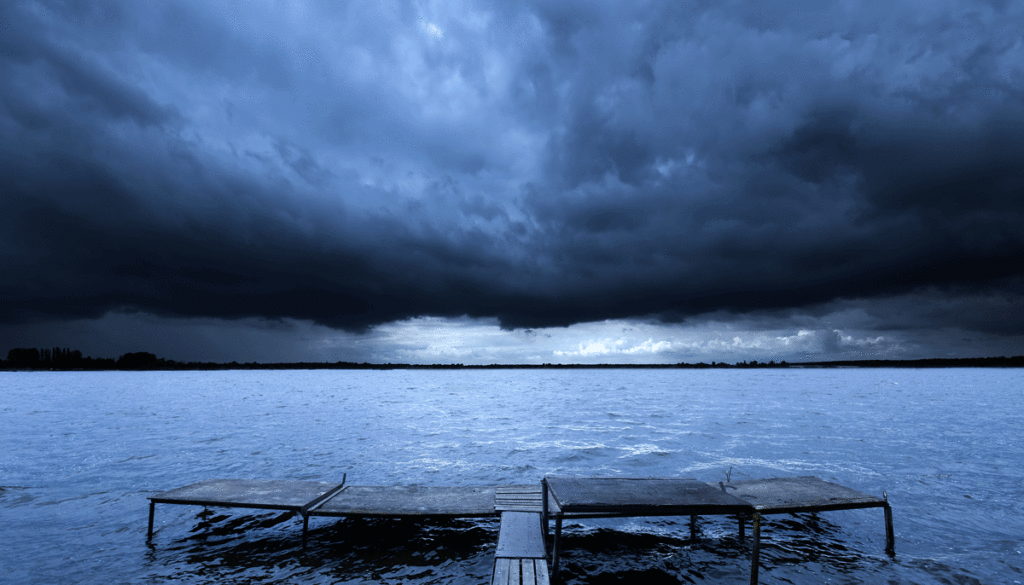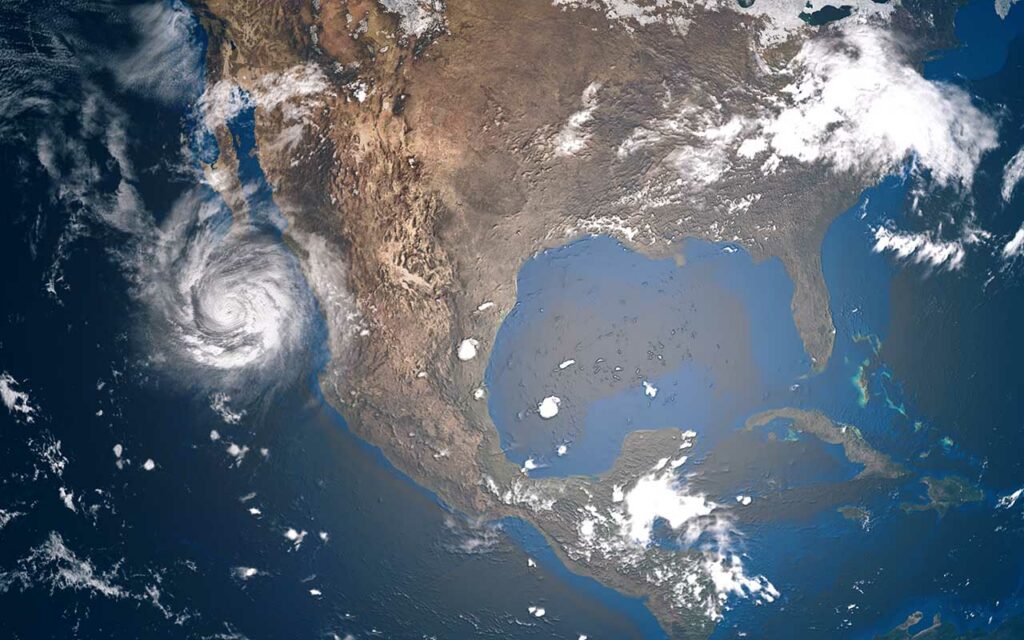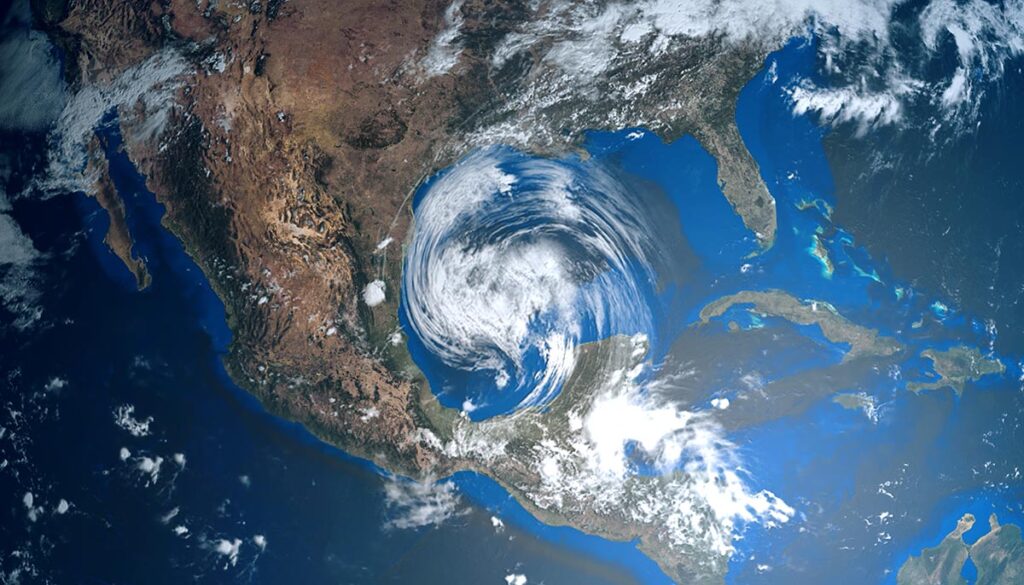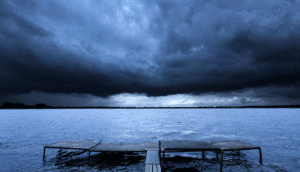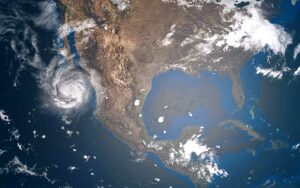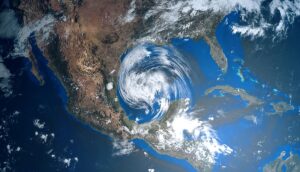While we might laugh at horror movies of hypothetical situations like Sharknado, a Firenado is no fantasy, it’s a rare but real flaming nightmare. In 2018, one equivalent to an EF3 tornado occurred in California.
What is a firenado?
According to the National Weather Service, a fire tornado, concatenated into a single word as a firenado, is an “extreme weather phenomenon that can occur with rotating fire columns,” according to the National Weather Service.
It is a swirling wall of wind, a twister made of smoke and flame. Firenados contain tornadic wind speeds that form when a smoke plume behaves like a thunderstorm.
The rarity of a firenado
Firenadoes are a very rare phenomenon. At least two firenadoes have been confirmed by the National Weather Service (NWS).
The first confirmed firenado was in the Canberra bushfires of 2003, and the second occurred in Redding, California, in July 2018.
A firenado is also distinctly more powerful than a firewhirl. The Redding, California firenado may have spun faster than 143 miles per hour.
However, a series also broke out in 2020, which, if confirmed, would bring the total of confirmed firenadoes to at least four.
NWS issues first-ever firenado warning amid series of firenadoes in 2020
On August 15, 2020, the office of the NWS in Reno, Nevada, issued the first warning of its kind ever over a possible “firenado.”
In Lassen County, California, a series of fire tornadoes broke out, the Washington Post reported. Doppler radar indicated five or more tornado-strength vortices possibly occurred between 1 p.m. and 3 p.m. Pacific time.
A reporter working for KABC 7 was recording the action on video in the background when the winds whipped up and recorded what appeared to be a fire tornado.
On August 16, 2020, another firenado was spotted in California formed by the Loyalton Fire, CNN reported.
The EF3 Firenado of 2018
On July 26, 2018, a massive fire burning in Redding, California, called the Carr Fire, produced damage equivalent to an EF3 tornado, the National Weather Service found. The result was the largest, most powerful firenado ever documented, with top winds exceeding 143 mph, the Weather Company reported.
The tornado vortex occurred at the leading edge of the fire, uprooting trees, tearing down high-tension electricity towers, stripping bark off of trees, and damaging homes that weren’t otherwise burned.
The Carr Fire was the 13th largest wildfire in California’s history, damaging 1614 structures and burning 229,651 acres. Eight people died as a result of the fire.
How a firenado differs from a firewhirl
A firenado and a firewhirl are not the same things. A firewhirl is a type of whirlwind that is induced by fire and often is composed of flame and/or ash and debris. Unlike a firenado, the main difference is that a firewhirl does not stretch to the clouds. A firewhirl is typically small and brief (the longest are around 20 minutes), averaging 8 feet wide and stretching from 33 to 164 feet tall. Nonetheless, firewhirl possesses significant strength and has been known to uproot trees as tall as 49 feet and higher.

